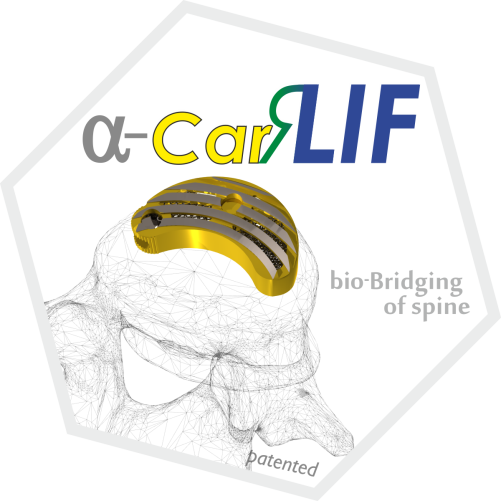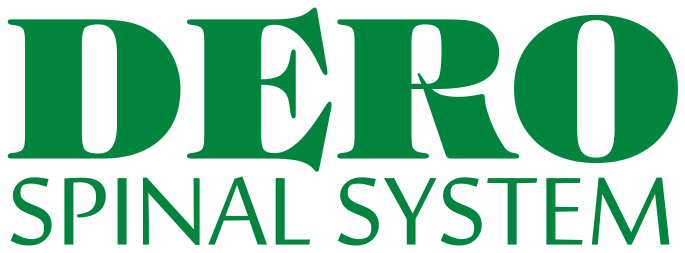At the end of the 20th century, technologies stemming from aero-spacial engineering enabled a whole world of new possibilities in 3D architecture, and were transmited by LfC to the field of spinal implants. Electron beam melting (EBT-Electron Beam Technology) of Ti-alloy powder with over 2000 deg. C in a vacuum chamber – that is the essence of hi-tech need for creation of new generation 3D-implants. Apart from the structure itself, which favors bone ingrowth within the special cells, the design also enables a better osteointegration mechanism reducing fusion time by approximately 40-50 percent and more. This new phenomenon was studied and called „Ivy-like mechanism, L.C.” as a metaphor for mimic way of the natural growth of ivy climbing along the specially made rough surface of truss design.
Publications:
Ciupik L.F., Kierzkowska A., Cęcek J., Pieniążek J. Sterna J., Cieślik-Górna M. The use of incremental technology to produce 3D-Truss Ti6Al4V implants which improves the spinal treatment effectiveness. Key Engineering Materials; 2016; 687: 179-184.
Ciupik L.F., Kierzkowska A. Technology-biomechanical evaluation of metal biomaterials derived by layer technology. Engineering of Biomaterials; 2010; 93: 14-18.
Bulletins:
BULLETIN No. 03/2020
BULLETIN No. 02/2020
Poster: Innovative 3D-Ti-Printing in a Worldwide spinal surgery








